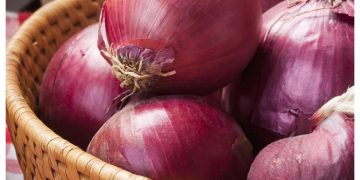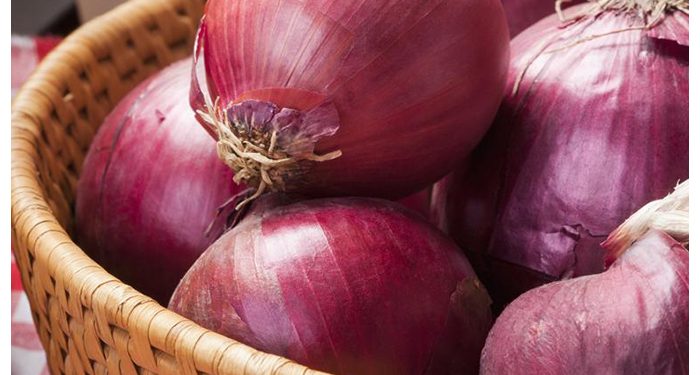In this article, we explore the pivotal role of copper in plant nutrition and unveil effective strategies to optimize its usage for promoting robust plant growth and maximizing agricultural yields. Backed by the latest data and scientific research, we delve into the importance of copper as an essential micronutrient, examine its impact on plant development and disease resistance, and shed light on the consequences of copper deficiency. Discover how optimizing copper management can revolutionize farming practices and unlock the full potential of your crops.
Copper is a vital micronutrient for plants, playing a crucial role in various physiological processes such as photosynthesis, enzyme activation, and lignin synthesis. Its deficiency can lead to stunted growth, reduced fertility, and increased susceptibility to diseases. Therefore, ensuring an adequate supply of copper is essential for nurturing healthy plants and achieving optimal agricultural productivity.
According to data from the International Copper Association, copper deficiency is a global issue that affects a wide range of crops, including cereals, fruits, and vegetables. Soil conditions, pH levels, and organic matter content can impact copper availability. Deficiency symptoms include pale leaves, leaf deformities, and reduced plant vigor, all of which ultimately hinder crop yields.
To optimize copper availability for plants, several strategies can be employed. Soil testing should be conducted to assess copper levels accurately. Based on the results, copper fertilizers or amendments can be applied to replenish deficient soils. It is important to note that copper toxicity can occur if excessive amounts are applied. Therefore, proper dosage and application methods should be followed to ensure balanced copper nutrition.
Development in copper management techniques has shown promising results in improving plant health, disease resistance, and overall crop performance. Research published in the journal Plant Disease demonstrated that optimizing copper applications effectively controlled fungal and bacterial diseases in various crops, leading to improved yields and marketable produce. These findings highlight the potential of copper optimization as a means to enhance plant vitality and maximize agricultural productivity.
The consequences of copper deficiency extend beyond reduced yields. Copper is an essential component of enzymes involved in plant defense mechanisms, including the production of lignin and phytoalexins, which protect against pathogens. By addressing copper deficiency and maintaining optimal copper levels, farmers can enhance disease resistance, promote plant vigor, and ensure sustainable crop production.
In conclusion, understanding the role of copper in plant nutrition and optimizing its usage is crucial for nurturing healthy plants and achieving bountiful harvests. By monitoring and managing copper levels effectively, farmers can overcome deficiencies, enhance disease resistance, and maximize agricultural productivity. Embracing these strategies will not only benefit individual farmers but also contribute to the overall sustainability and profitability of the agricultural sector. #CopperOptimization #PlantNutrition #Micronutrients #CropProductivity #DiseaseResistance #SoilManagement #AgriculturalProductivity #NutrientManagement































